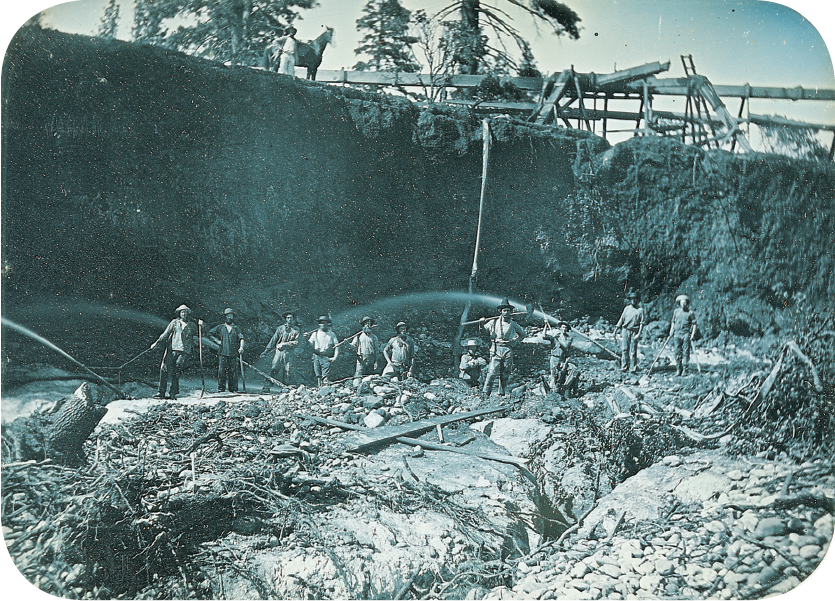America’s History: Printed Page 515
America: A Concise History: Printed Page 475
America’s History: Value Edition: Printed Page 457
Incorporating the West
Republicans wanted farms as well as factories. As early as 1860, popular lyrics hailed the advent of “Uncle Sam’s Farm”:
A welcome, warm and hearty, do we give the sons of toil,
To come west and settle and labor on Free Soil;
We’ve room enough and land enough, they needn’t feel alarmed —
Oh! Come to the land of Freedom and vote yourself a farm.
The Homestead Act (1862) gave 160 acres of federal land to any applicant who occupied and improved the property. Republicans hoped the bill would help build up the interior West, which was inhabited by Indian peoples but remained “empty” on U.S. government survey maps.
Implementing this plan required innovative policies. The same year it passed the Homestead Act, Congress also created the federal Department of Agriculture and, through the Morrill Act, set aside 140 million federal acres that states could sell to raise money for public universities. The goal of these land-grant colleges was to broaden educational opportunities and foster technical and scientific expertise. After the Civil War, Congress also funded a series of geological surveys, dispatching U.S. Army officers, scientists, and photographers to chart unknown western terrain and catalog resources.
To a large extent, these policies succeeded in incorporating lands west of the Mississippi. The United States began to exploit its western empire for minerals, lumber, and other raw materials. But for ordinary Americans who went west, dreams often outran reality. Well-financed corporations, not individual prospectors, reaped most of the profits from western mines, while the Great Plains environment proved resistant to ranching and farming.
